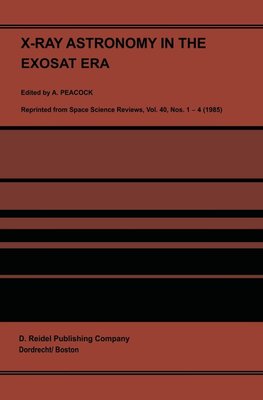
-
 Anglický jazyk
Anglický jazyk
X-Ray Astronomy in the Exosat Era
Autor: A. Peacock
Algol is a triple system containing a 70 hr eclipsing binary (K IV and B8 V) in a 694 day orbit with an A V star. The X-ray emission from this system (Schnopper et al 1976) is thought to be associated with a corona surrounding the lobe filling and synchron... Viac o knihe
Na objednávku
98.99 €
bežná cena: 109.99 €
O knihe
Algol is a triple system containing a 70 hr eclipsing binary (K IV and B8 V) in a 694 day orbit with an A V star. The X-ray emission from this system (Schnopper et al 1976) is thought to be associated with a corona surrounding the lobe filling and synchron ously rotating K IV star. This is based on the similarity of the X-ray spectrum and luminosity of this system to that of the RS CVn binaries which also contain K sub-giants with similar rotation periods and the fact that the luminosity of any coronae surrounding the B8 V and AV companion stars should not be enhanced by rapid rotation (Pallavicini et al 1980, White et al 1980). The Einstein SSS measurement showed the X-ray spectrum to be two component with 6 7 temperatures of 7. 10 K and 3. 10 K (White et al. 1980). As dis cussed by Swank et al. (1981), the problem in understanding stellar coronae in general is how to scale up the solar model to account for the enhanced luminosities. The close to 900 inclination and similar sizes for the Band K stars of 3. 6 and 3. 8 R0 respectively make Algol an ideal candidate for an X-ray eclipse measurement wherein the size of the X-ray emitting coronal structures can be directly measured. In this paper we report a continuous observation through the secondary eclipse of Algol using the EXOSAT Observatory. 2.
- Vydavateľstvo: Springer Netherlands
- Rok vydania: 2011
- Formát: Paperback
- Rozmer: 235 x 155 mm
- Jazyk: Anglický jazyk
- ISBN: 9789401089067


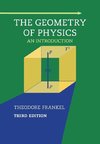
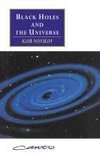

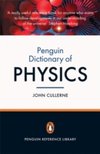


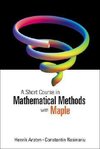



 Nemecký jazyk
Nemecký jazyk 